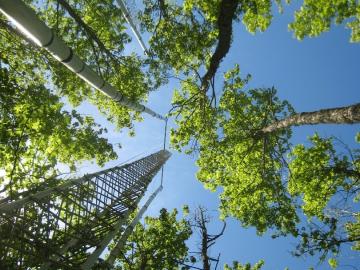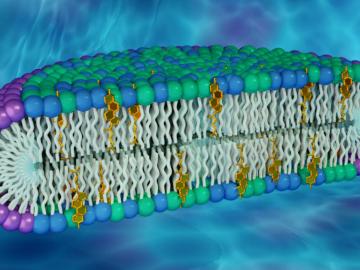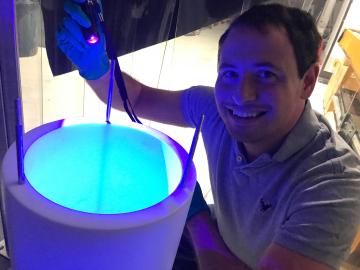
Filter News
Area of Research
News Type
News Topics
- (-) Advanced Reactors (3)
- (-) Bioenergy (21)
- (-) Exascale Computing (5)
- (-) Fusion (9)
- (-) Grid (6)
- (-) Nanotechnology (11)
- (-) Neutron Science (30)
- 3-D Printing/Advanced Manufacturing (21)
- Artificial Intelligence (13)
- Big Data (6)
- Biology (21)
- Biomedical (14)
- Biotechnology (5)
- Buildings (6)
- Chemical Sciences (6)
- Clean Water (6)
- Composites (4)
- Computer Science (47)
- Coronavirus (6)
- Critical Materials (2)
- Cybersecurity (9)
- Energy Storage (19)
- Environment (40)
- Frontier (6)
- High-Performance Computing (14)
- Isotopes (11)
- ITER (2)
- Machine Learning (3)
- Materials (14)
- Materials Science (24)
- Mercury (5)
- Microscopy (9)
- National Security (7)
- Nuclear Energy (12)
- Physics (8)
- Polymers (4)
- Quantum Computing (4)
- Quantum Science (16)
- Security (5)
- Space Exploration (2)
- Summit (16)
- Transportation (16)
Media Contacts

Through a consortium of Department of Energy national laboratories, ORNL scientists are applying their expertise to provide solutions that enable the commercialization of emission-free hydrogen fuel cell technology for heavy-duty

When COVID-19 was declared a pandemic in March 2020, Oak Ridge National Laboratory’s Parans Paranthaman suddenly found himself working from home like millions of others.

Oak Ridge National Laboratory was among an international team, led by Lawrence Livermore National Laboratory, who synthesized 108 elevated carbon dioxide, or CO2, experiments performed in various ecosystems to find out how much carbon is

Scientists have found new, unexpected behaviors when SARS-CoV-2 – the virus that causes COVID-19 – encounters drugs known as inhibitors, which bind to certain components of the virus and block its ability to reproduce.

Researchers at the Department of Energy’s Oak Ridge National Laboratory and the University of Tennessee are automating the search for new materials to advance solar energy technologies.

Ken Andersen has been named associate laboratory director for the Neutron Sciences Directorate, or NScD, at the Department of Energy’s Oak Ridge National Laboratory.

Researchers believe that proteins could behave differently in lipid raft environments, compared to non-raft regions in a membrane, but this hypothesis has not been fully evaluated. One reason is that membrane models used to study membrane proteins rarely contain rafts.

From the helm of a one-of-a-kind organization that brings nuclear fusion and fission expertise together to pave the way to expanding carbon-free energy, Kathy McCarthy can trace the first step of her engineering career back to

The ExOne Company, the global leader in industrial sand and metal 3D printers using binder jetting technology, announced it has reached a commercial license agreement with Oak Ridge National Laboratory to 3D print parts in aluminum-infiltrated boron carbide.

The COHERENT particle physics experiment at the Department of Energy’s Oak Ridge National Laboratory has firmly established the existence of a new kind of neutrino interaction.


